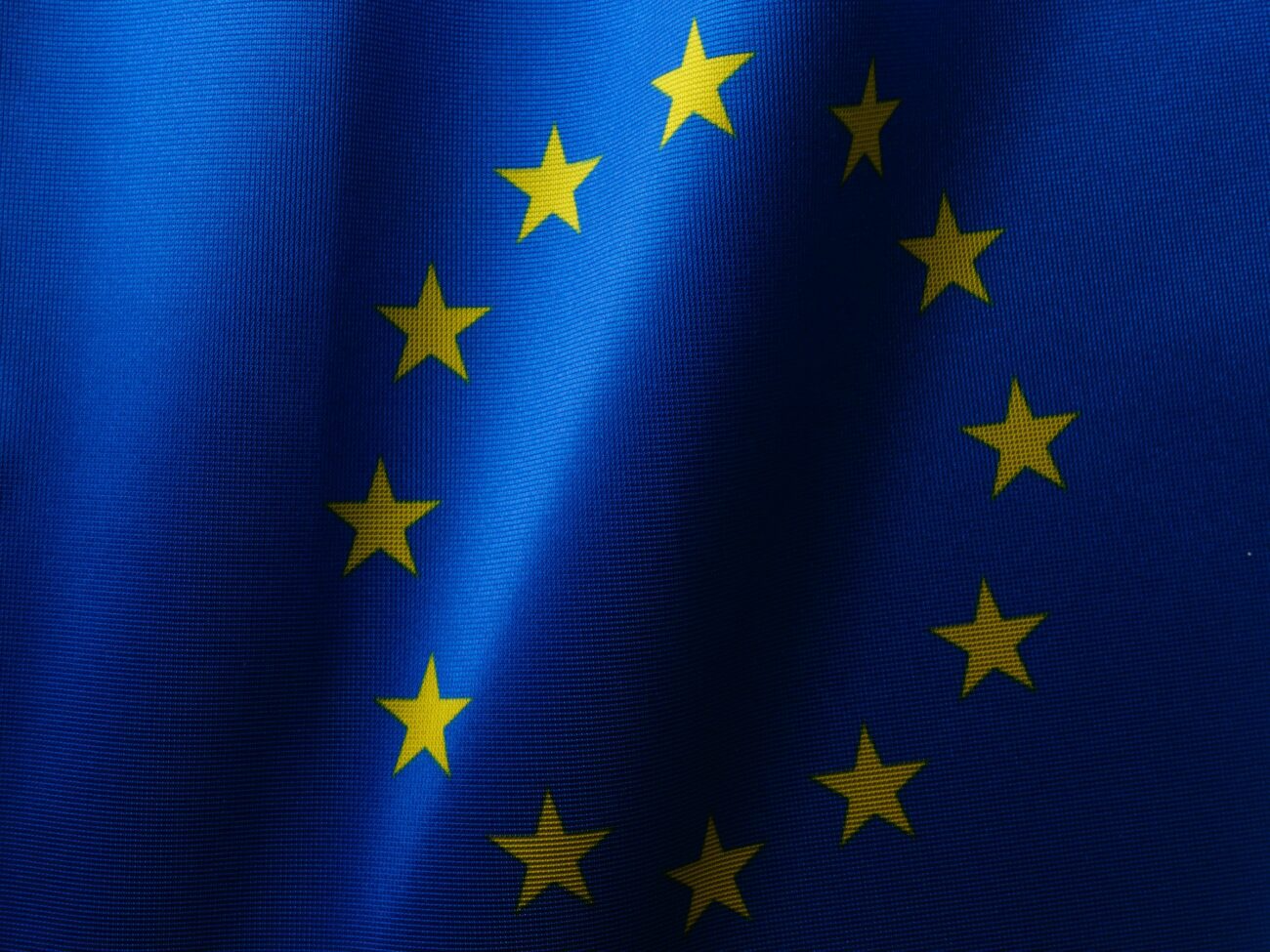The Tech Tug-of-War: EU’s AI General-Purpose Code of Practice Sparks Division
The implementation of the EU’s AI General-Purpose Code of Practice is turning into quite the battleground for tech giants. Seriously, it feels like a high-stakes game of tug-of-war! Microsoft is leaning in, eager to sign up for the EU’s voluntary compliance framework, while Meta is throwing up its hands, dubbing the guidelines as nothing more than regulatory overreach that might just kill innovation. What’s really at play here? Let’s dive in.
Microsoft’s Cooperative Stance
So, here’s the scoop: Microsoft President Brad Smith told Reuters that they’re likely to hop on board with the EU’s guidelines, but they want to read everything first—classic corporate move, right? He mentioned, “We need to find a way to be supportive,” which gives off major “let’s work together” vibes. It’s almost like they want to be seen as the responsible adult in the room, putting on their best collaborative face. But isn’t it a bit convenient?
Meanwhile, Meta’s perspective couldn’t be more different. Joel Kaplan, Meta’s Chief Global Affairs Officer, took to LinkedIn to make it crystal clear: they’re not signing. Kaplan argues that the EU code tosses a wrench into plans for AI model developers, potentially stunting Europe’s status as a tech innovator. It’s a bold stance that highlights how divided the industry is on this crucial topic.
The Early Adopters vs. The Holdouts
And now, let’s turn our attention to the players who are actually jumping in—OpenAI and Mistral. Both signed the Code, trying to position themselves as the “cool kids” with early adoption cred. OpenAI, in a statement, emphasized that signing reflects their commitment to providing accessible and secure AI offerings. Their move feels inviting, right?
On the flip side, there’s a whole slew of companies, including big names like ASML and Airbus, that took a different stance. They’ve signed letters asking for a pause on the implementation of the AI Act altogether, citing legal uncertainties. Can you imagine the boardrooms buzzing with tension?
What’s Inside This Code Anyway?
The EU AI Code outlines several requirements aimed at offering legal clarity for companies. Launched in July 2025, the framework hints at two years of grace before enforcement kicks in. Here’s how it breaks down:
-
Transparency Obligations: Providers need to maintain documentation on their models and datasets. Think of it as keeping a neat diary for how AI learns.
-
Copyright Compliance: Companies must develop policies on how they handle training data according to EU copyright laws. It’s like getting permission slips signed, but way more complicated.
-
Safety and Security Obligations: For top-tier models—think anything as advanced as OpenAI’s o3—there are rigorous standards to meet. These measures aim to safeguard against potential risks.
The Stakes Are High
Now, if you think that’s all, think again! The penalties for non-compliance could hit hard, with fines of up to €35 million or 7% of global annual turnover. This means companies need to tread carefully. The EU’s internal market commissioner, Thierry Breton, insists moving forward is about ensuring trust—and honestly, can you blame him?
Even during this voluntary phase, companies have the chance to weigh in and shape regulations. But once August 2025 rolls around, it’s all hands on deck for compliance.
Looking Ahead
As the EU authorities review the Code’s adequacy, we’re on the edge of our seats. The decisions made now will ripple across global AI governance. Tech companies must juggle the need for innovation with compliance in a landscape that’s changing fast. It’s like trying to maintain your balance on a tightrope while juggling flaming torches—exciting, but risky!
So, what’s the future hold? It’s uncertain, but one thing’s for sure: how these tech giants navigate this landscape could set the tone for AI regulations worldwide.
So what’s your take? Are you Team Microsoft or Team Meta? Want more insights like this? Share your thoughts below!
Related Reading: Navigating the EU AI Act: Implications for UK Businesses
